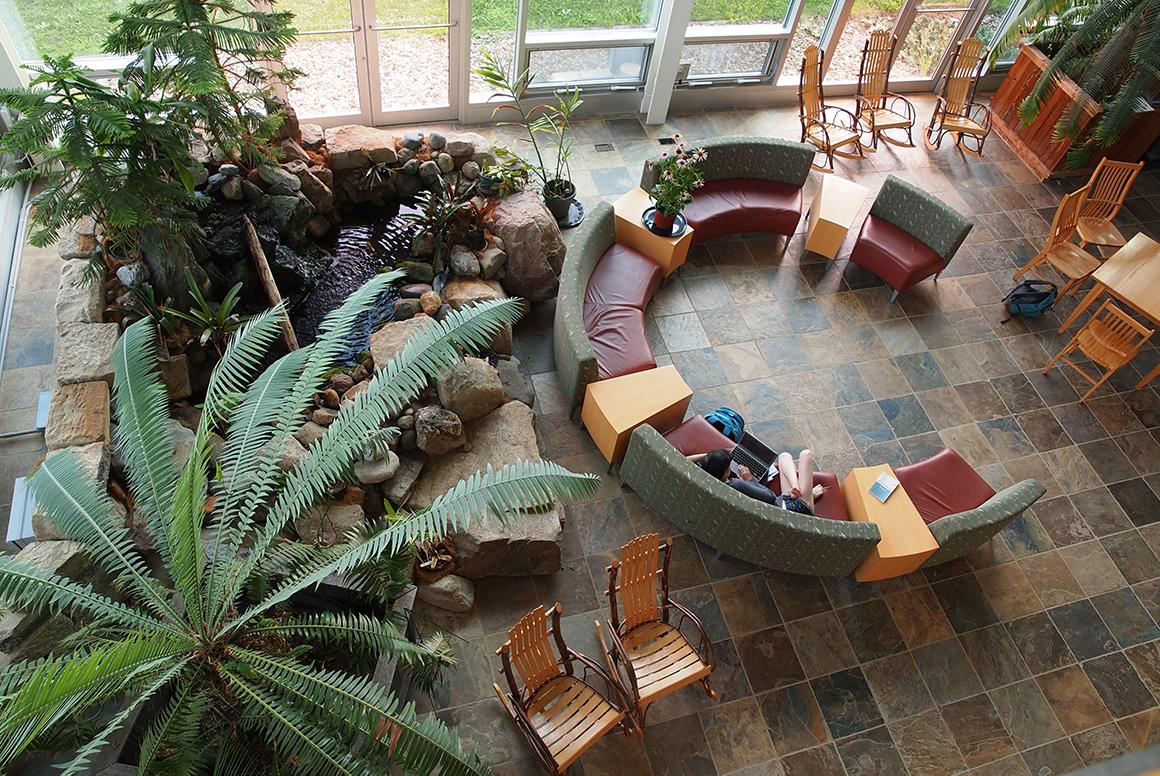Design Philosophy

Design Process
Combining “state-of-the-shelf” technology with state-of-the-art design to generate a laboratory for the emerging field of ecological design at Oberlin and beyond.
Design Partners
Researchers, designers, architects, and engineers joined forces to create this first-of-its-kind building.
Evolving Design
The AJLC was explicitly conceived as an integrated building-landscape system that would continue to change and to improve in performance over time.